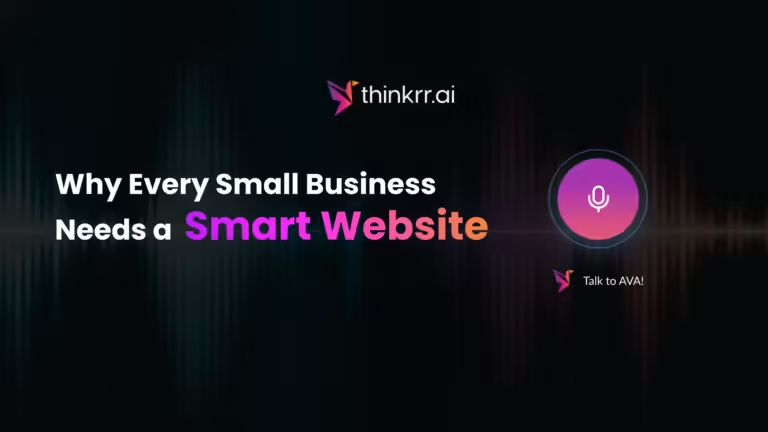The world of artificial intelligence (AI) has witnessed rapid growth over the last few years, but the latest development from former Twitter CEO Parag Agrawal is making waves in the tech industry. His new AI startup, Parallel, has secured funding worth nearly ₹260 crore (~$30 million) and is already making bold claims: delivering 10% better accuracy than GPT-5 in real-world benchmarks.
This groundbreaking announcement not only re-establishes Agrawal in the global tech scene but also signals a potential shift in the way AI systems interact with the web. Let’s dive deep into what Parallel is, how it works, and why it’s being hailed as one of the most exciting AI ventures of 2025.
Who is Parag Agrawal?
Parag Agrawal is no stranger to the world of technology. Best known for being the former CEO of Twitter before Elon Musk’s acquisition, Agrawal has had an extensive career in software engineering, computer science, and AI research. His expertise and leadership have often revolved around large-scale platforms and data-driven infrastructure, making his re-entry into the AI landscape both natural and timely.
What is Parallel?
Parallel is positioned not just as another AI model but as a web-scale infrastructure for AI-native research and interaction. Unlike traditional large language models (LLMs), which often rely on static datasets, Parallel is designed to let AI agents interact with the web in real-time—searching, analyzing, and processing live information.
This approach aims to solve one of AI’s biggest challenges: staying updated and reducing hallucinations (instances where AI generates false or outdated information).
How Parallel Outperformed GPT-5
According to reports, Parallel has already been tested against some of the toughest AI benchmarks:
- BrowseComp Benchmark:
- Parallel achieved 58% accuracy
- GPT-5 scored 41%
- Human researchers averaged 25%
- DeepResearch Bench:
- Parallel posted an 82% win rate
- GPT-5 managed 66%
These numbers highlight Parallel’s ability to access and synthesize live data more effectively than GPT-5, making it not just a faster but also a more reliable AI assistant.
Why This Matters for the AI Industry
- AI Meets Real-Time Web
Current LLMs like GPT-5 are immensely powerful but limited by the datasets they’re trained on. Parallel’s infrastructure could bridge this gap by making AI systems “web-native,” allowing them to fact-check, cross-reference, and provide context instantly. - Accuracy and Trust
One of the biggest criticisms of generative AI has been its tendency to “hallucinate.” By achieving better accuracy benchmarks, Parallel may pave the way for more trustworthy AI adoption in industries like healthcare, law, and education. - A New Player in the AI Race
With OpenAI, Anthropic, Google DeepMind, and Meta dominating headlines, Agrawal’s Parallel emerges as a fresh competitor—backed by strong benchmarks and a high-profile founder.
Potential Use Cases of Parallel
- Academic & Business Research: Students, researchers, and corporations can use Parallel for fact-checked, web-based data analysis.
- Real-Time News Summarization: Journalists and media houses can leverage it to pull verified information from live sources.
- Healthcare & Legal Insights: Where accuracy is critical, Parallel could become a trusted assistant to professionals.
- Everyday AI Assistance: Imagine a virtual assistant that not only gives you generic answers but also cites live, updated web sources.
Challenges Ahead
While Parallel’s early results are impressive, challenges remain:
- Scalability: Will Parallel handle millions of users while maintaining accuracy?
- Competition: Tech giants like Google and OpenAI are heavily invested in real-time AI integration.
- Trust & Regulation: Governments worldwide are tightening AI regulation, and Parallel will need to ensure transparency and safety.
The Bigger Picture
Parallel’s launch highlights a major shift in the AI world: the move from static datasets to dynamic, real-time AI systems. If Parallel can deliver on its promise, it could redefine the way we interact with digital assistants and research tools.
For Parag Agrawal, this startup is more than just a comeback—it’s a statement. With a strong technical foundation, high-profile benchmarks, and a mission to outpace GPT-5, Parallel could quickly become one of the most disruptive players in the AI race.
Conclusion
The AI industry is at a turning point, and Parallel by Parag Agrawal seems perfectly timed to ride the next wave of innovation. By outperforming GPT-5 on accuracy benchmarks and introducing a real-time, web-native AI infrastructure, Parallel is pushing the boundaries of what artificial intelligence can achieve.
For now, the world is watching closely as Agrawal’s ambitious venture unfolds. If the startup continues on its current trajectory, it could reshape not only the AI landscape but also how billions of people interact with information online.




















+ There are no comments
Add yours